At the source of water
It is the end of May, the time when the dry season has not ended but it is not the rainy season yet, but the water is still overflowing on the 812-Chau Ta canal, from the point where it joins the main Song Quao canal (Ham Tri commune, Ham Thuan Bac) to the beginning of the route, receiving water from the 812 Dam in Phan Son commune, Bac Binh district, more than 30km long. Right at this dam, we see the division of water into 2 directions for 2 districts through 2 canals including the 812-Chau Ta route supplying water to Song Quao lake for Ham Thuan Bac and the completed Song Luy - Ca Giay canal. At the same time, through that, we also understand more about the story that more than 15 years ago, the provincial leaders and the provincial irrigation sector "responded" to the water released after the Dai Ninh hydropower plant in a scientific way, demonstrating the spirit of cherishing water and saving water of the children of the thirsty land. That is not to let the discharged water flow down the Luy River to the sea in a wasteful way, while every year in the dry season, the shore faces difficulties in production, especially in Bac Binh and Tuy Phong, areas with the most and second harshest climates in the country, and have not yet fully exploited the vast land potential...
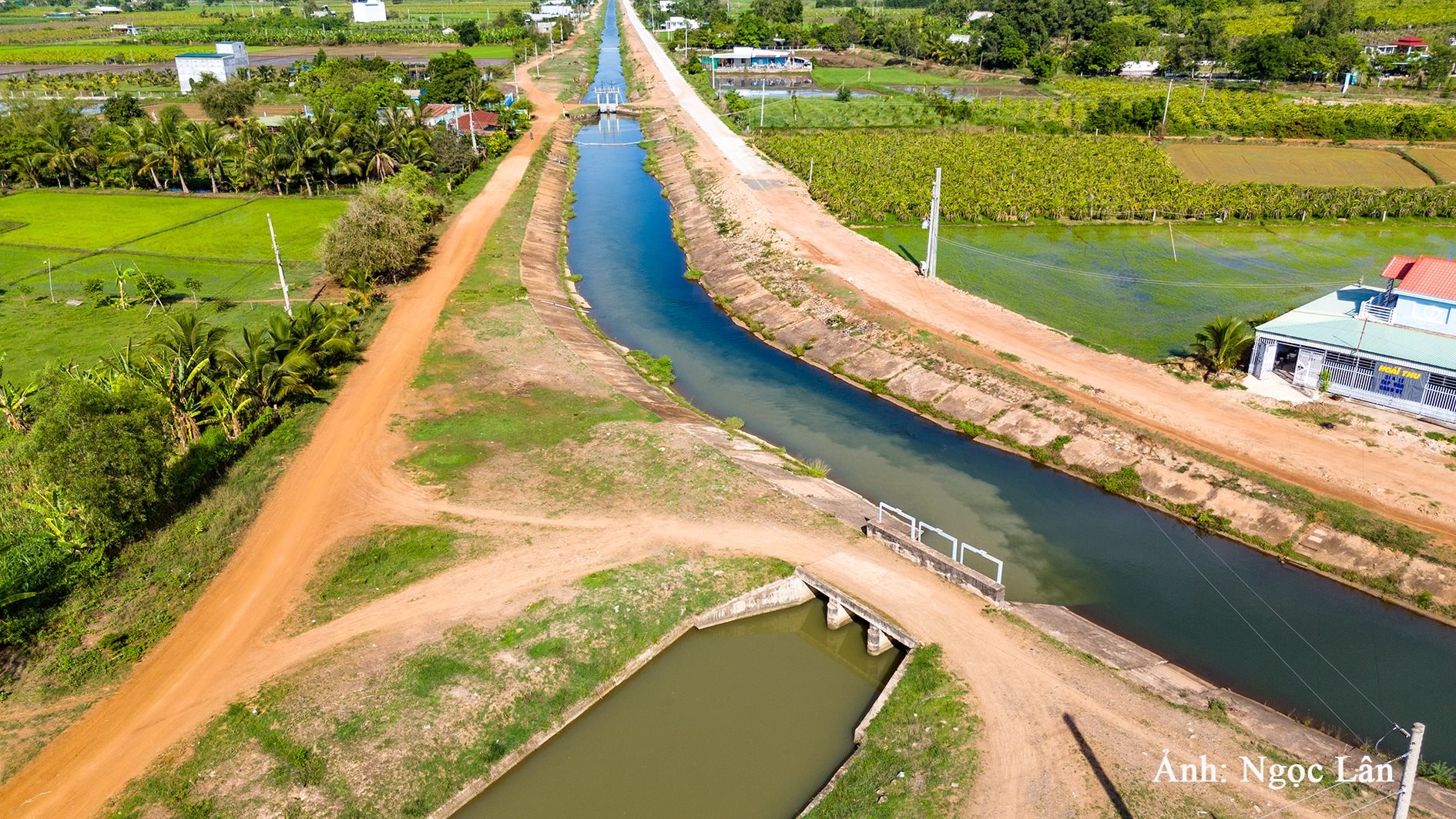

It is worth noting that this is also where the poor family's way of doing things is recorded, removing them one by one, depending on the capital and circumstances at each time, the projects appear. For example, the Ca Giay Lake water supply canal is a project determined to be the first to bring the discharged water from Dai Ninh Hydropower Plant to Ca Giay Lake, in the plan to consolidate and expand the production area of Bac Binh. A few years later, the 812 - Chau Ta canal was born, also bringing the above water source over 30 km to Ham Thuan Bac district, marking the first inter-district water transfer canal in the province, bringing outstanding efficiency. Not only that, from here, it also catalyzed the proposal for the Central Government to build Song Luy Lake in 2019 in Phan Lam commune, not far from Song Luy Dam, playing the role of a water reserve for the northern region of the province. From this abundance, the canal to transfer water from Ca Giay Lake through more than 42 km leading to Tuy Phong was completed at the end of last year, basically completing the irrigation network connection in the North of the province.


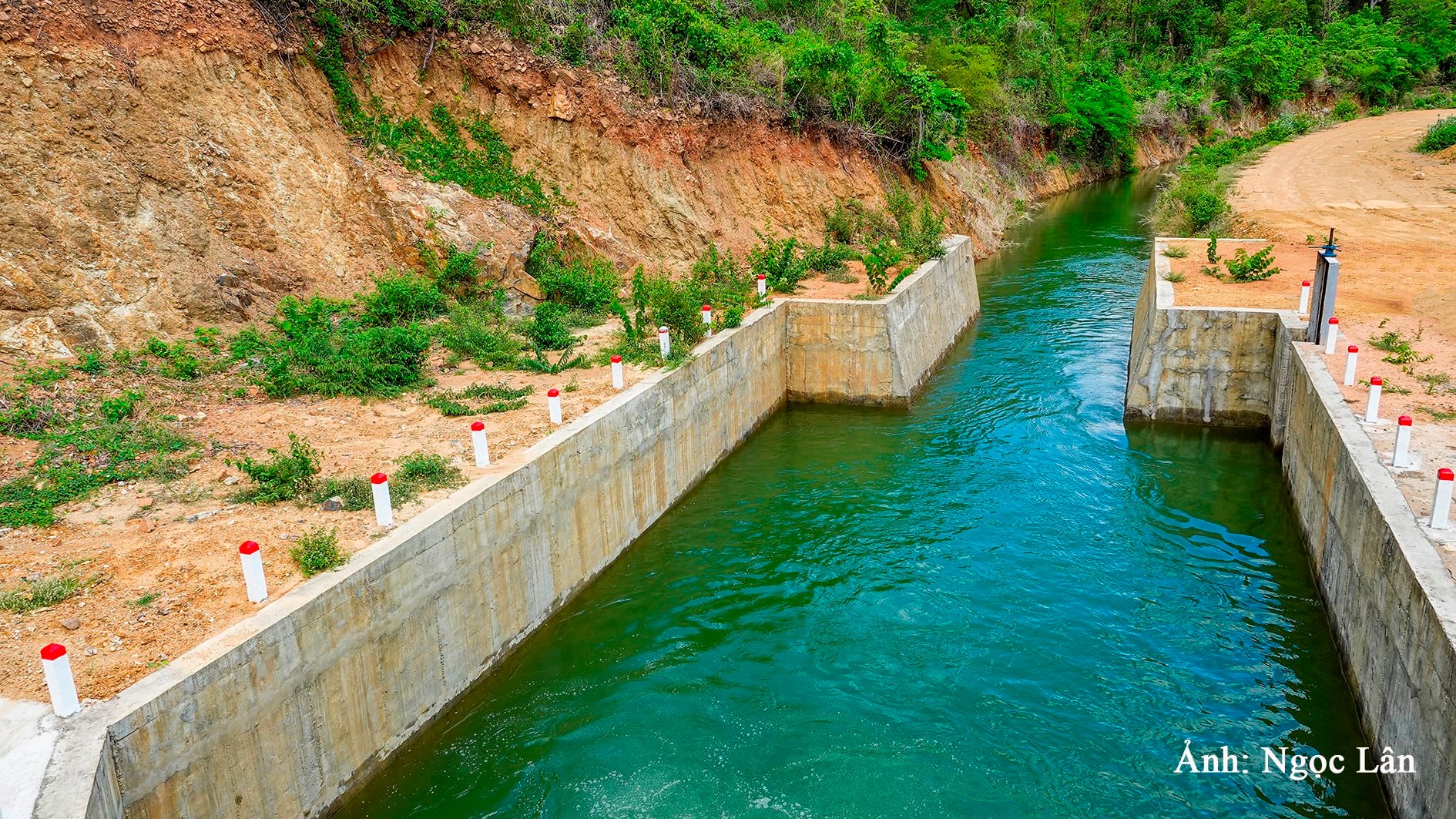
50 irrigation works and 1,000 km of canals
Up to this point, Bac Binh, the first place to receive water from the plateau, has basically realized the dream of greening, making many areas of land fertile. In this once arid area, there is now a massive network system of irrigation networks within the scope of 1 district. In Bac Binh, there are currently 5 reservoirs including Song Luy 99.9 million m³, Ca Giay 36.92 million m³, Nam Heo 0.7 million m³, Bo Bo 0.51 million m³ and 1 small reservoir, Suoi De lake; 2 dam systems with height > 5m including Song Luy dam, Phan Ri - Phan Thiet dam along with 160 km of main canals and key works managed by Binh Thuan Irrigation and Water Supply and Sewerage One Member Co., Ltd., of which the length of the canals has been reinforced about 100.89 km, reaching 63.05%. In addition, more than 828 km of level II, III canals and intra-field canals, with construction contributions from the people, are managed by the commune according to the management hierarchy in Decision No. 11/2020/QD-UBND of the People's Committee of Binh Thuan province, of which the solid length is about 115.11 km, reaching 13.9%.
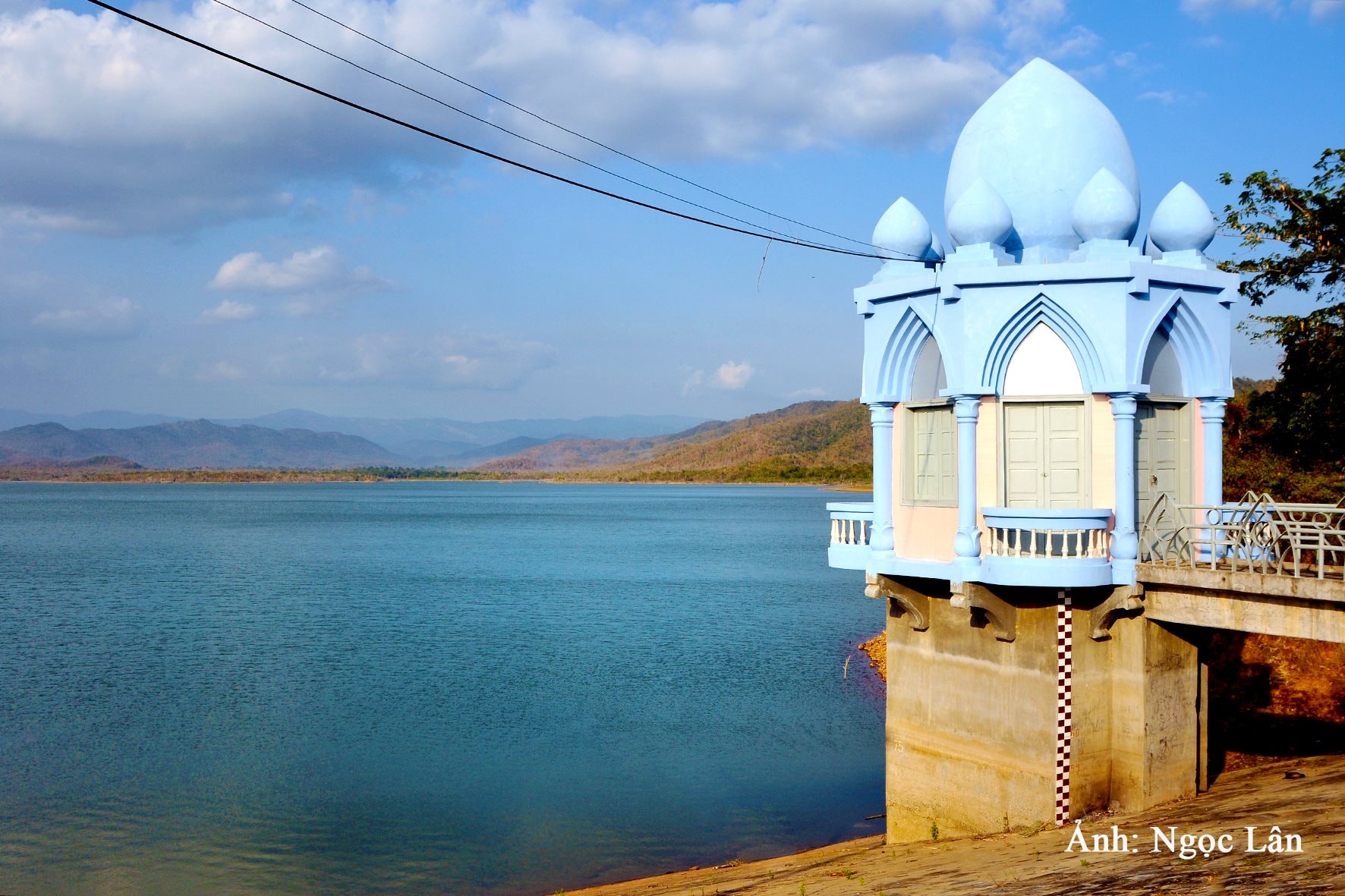
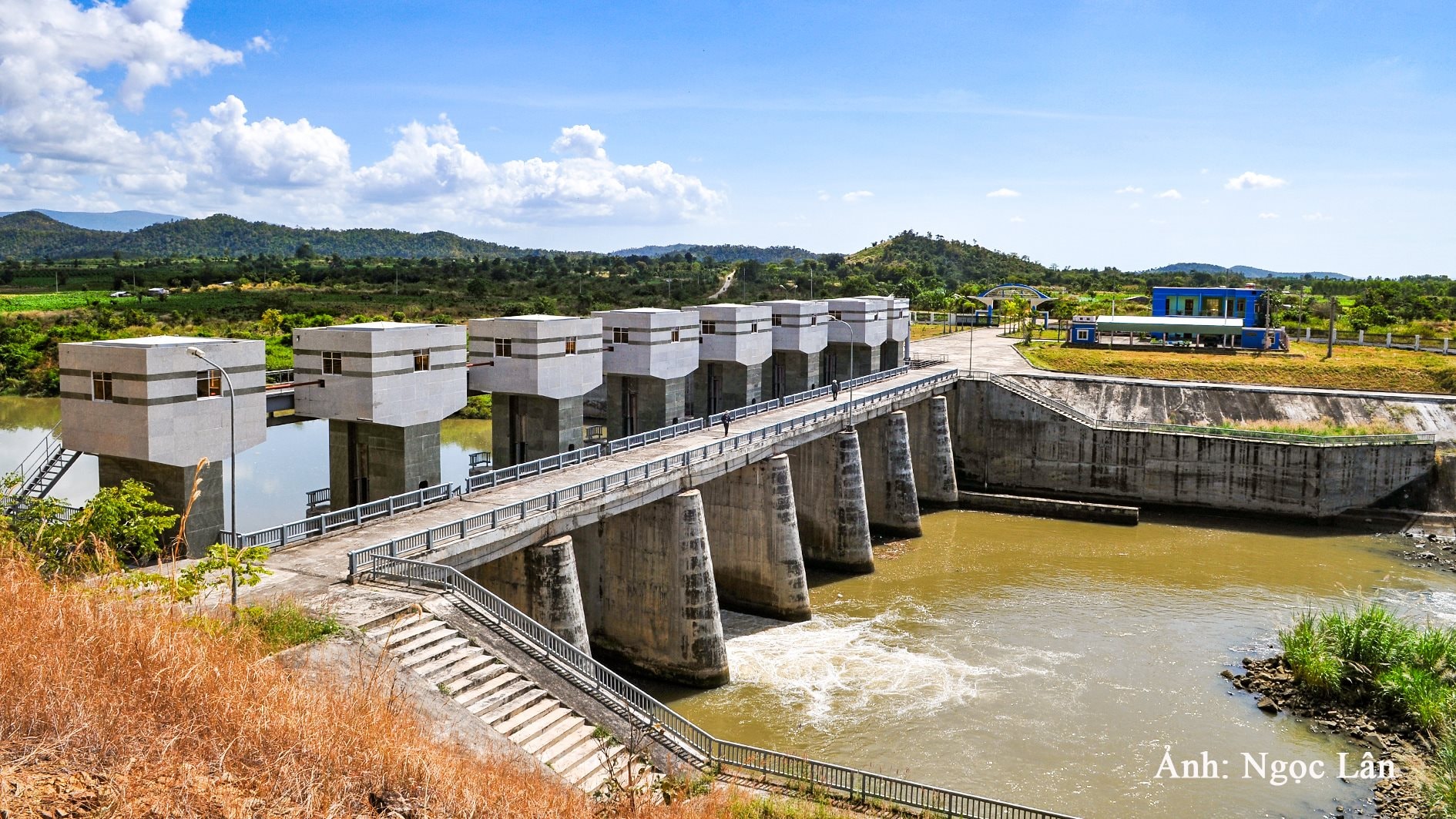
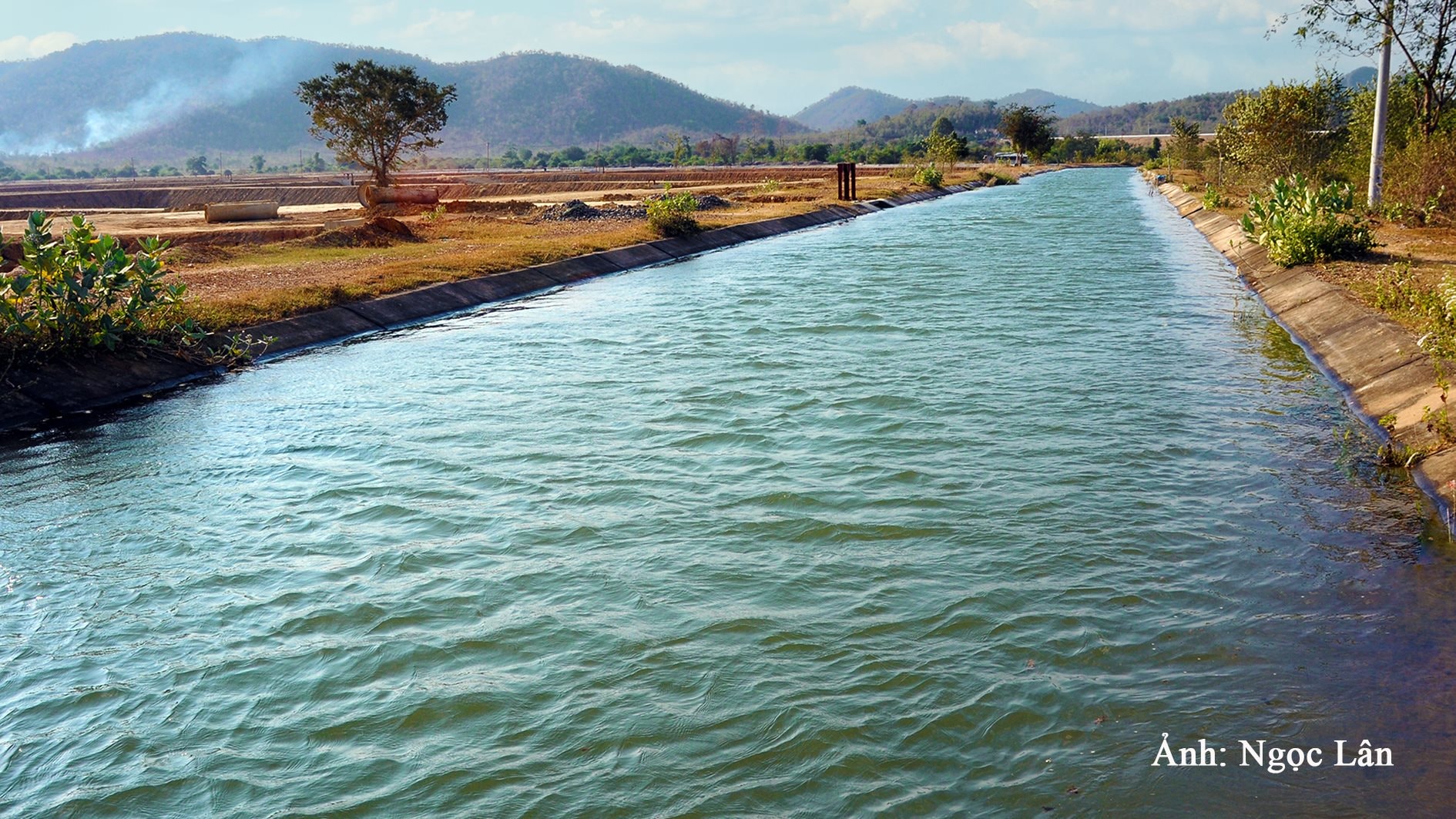
In total, Bac Binh has more than 50 irrigation works, accounting for nearly 1/3 of the irrigation works in the province and nearly 1,000 km of canals of all kinds. This asset is thanks to the investment of the central government and the province, along with the annual integration of many capital sources for the repair and construction of canals, culverts, etc. For example, in the period of 2019-2023, Bac Binh has allocated to complete the infrastructure for agricultural development with a budget of more than 50.4 billion VND. Specifically, with the capital to support rice land, the district has invested more than 43.1 billion VND in the construction, maintenance and repair of infrastructure works, agriculture and rural areas. As for the support source for the development of small-scale irrigation, intra-field irrigation and advanced irrigation, saving water with a budget of 7,252 million VND, of which investment in water intake culverts: 2 works with a budget of 300 million VND; Reinforcement of intra-field canals: 10 projects with a cost of 6,952 million VND.
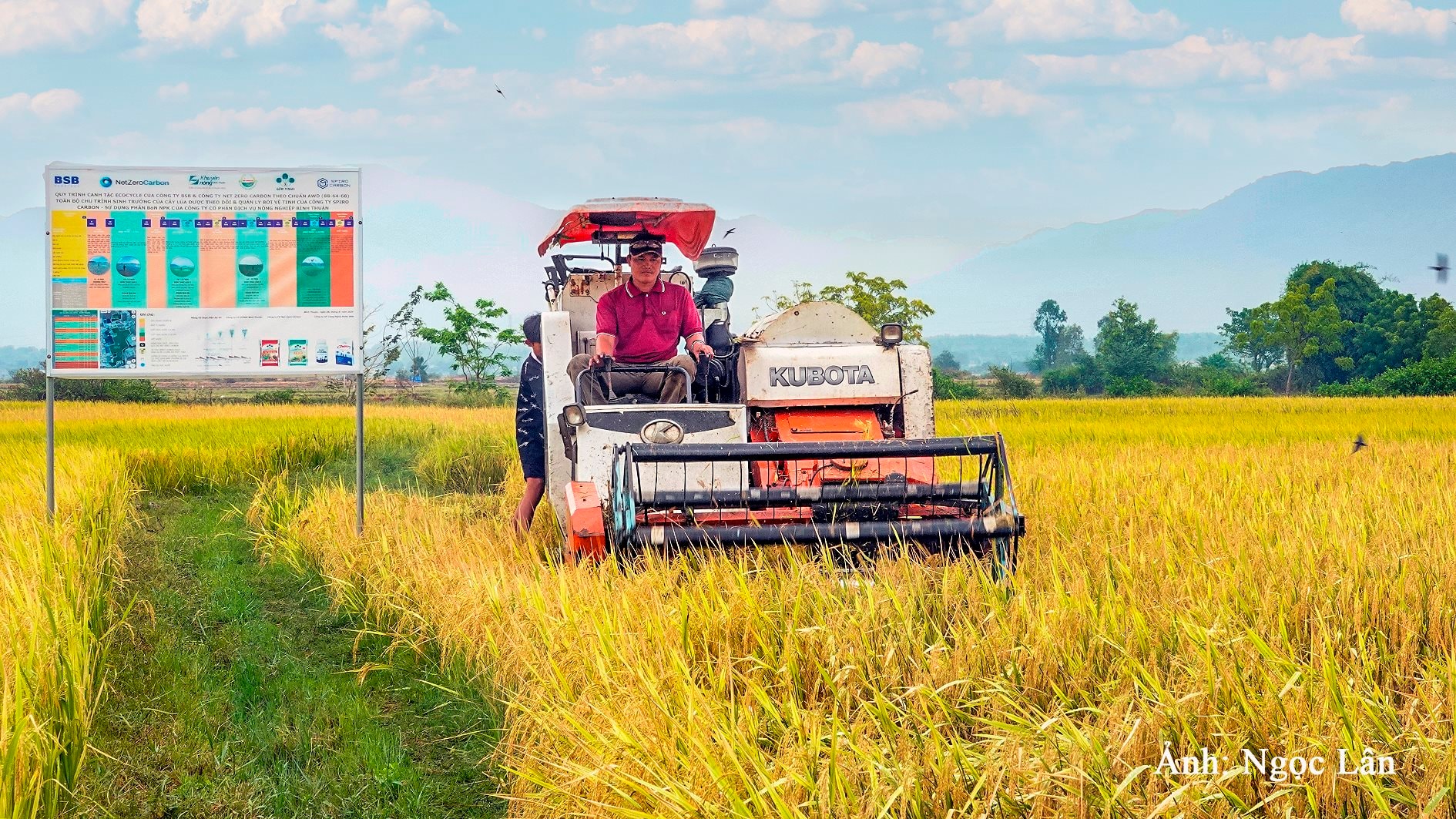
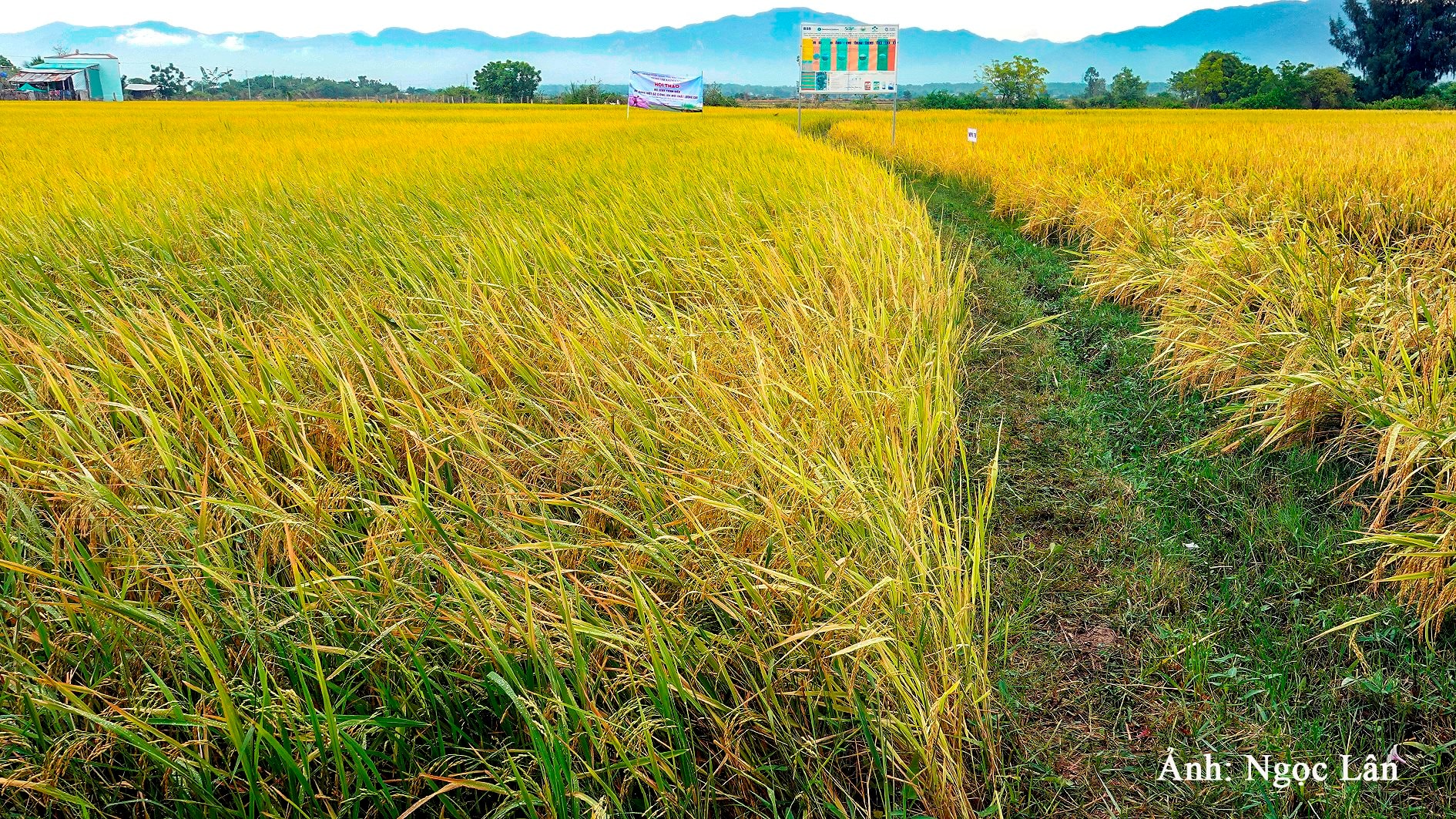
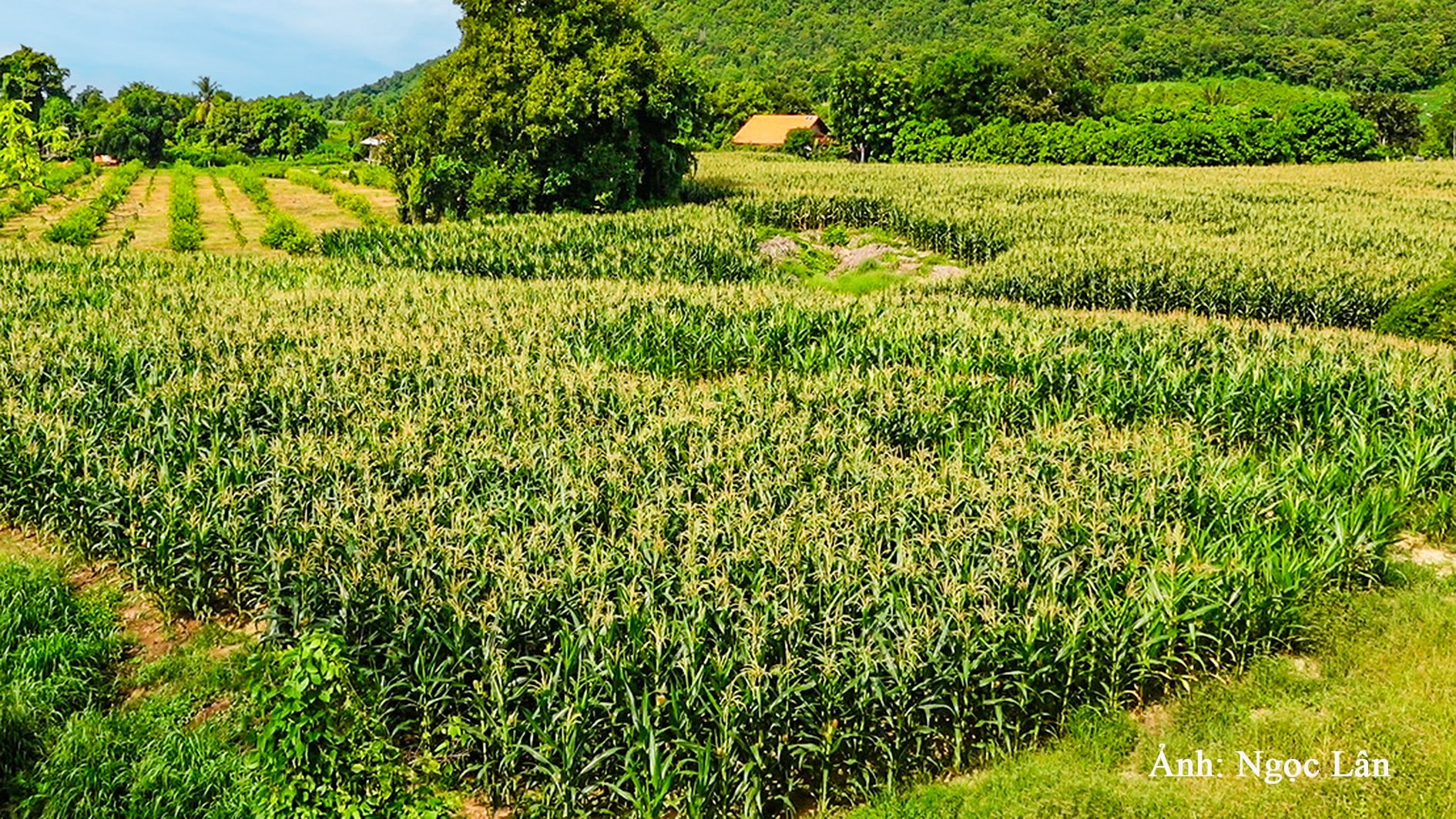
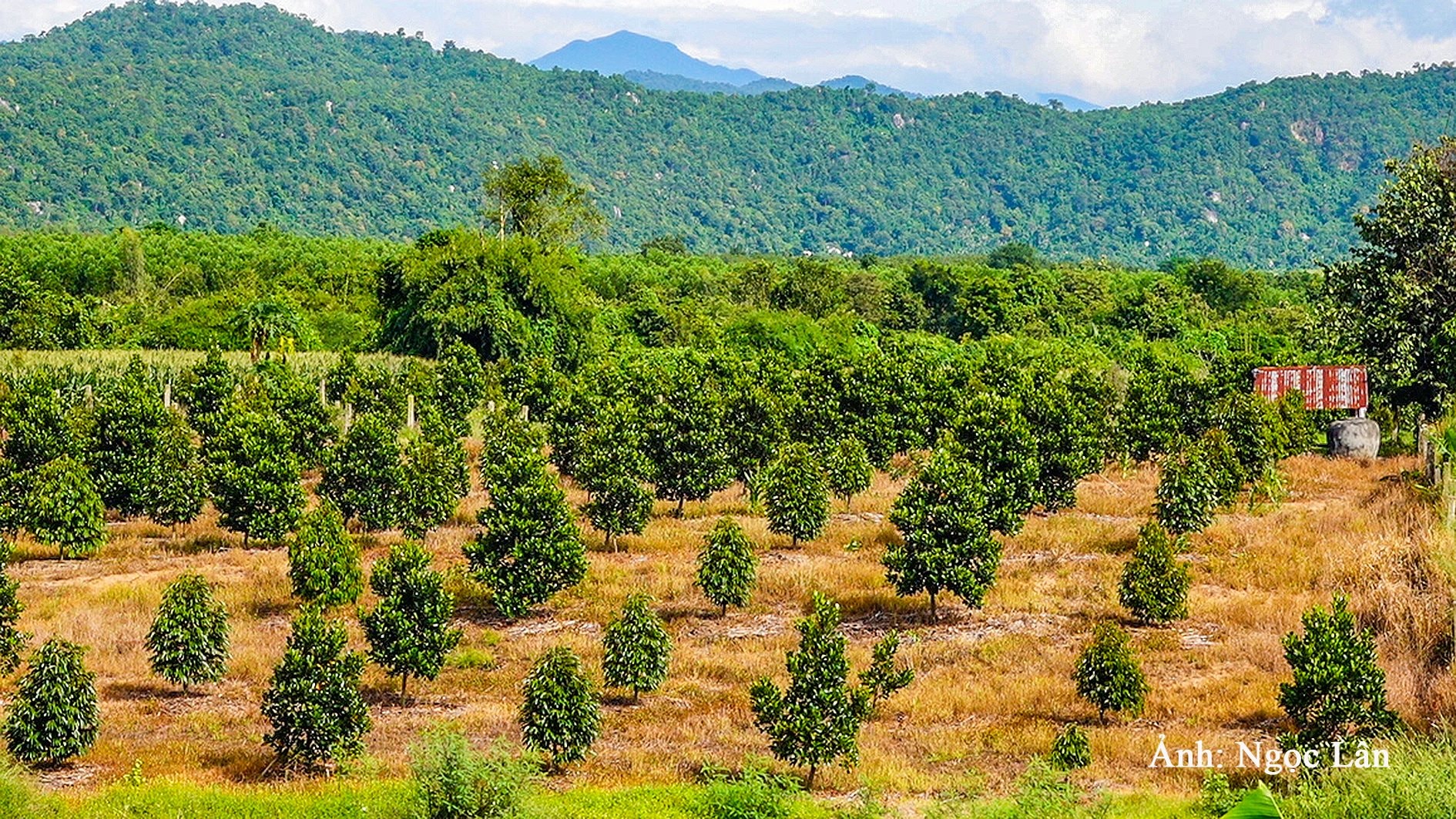
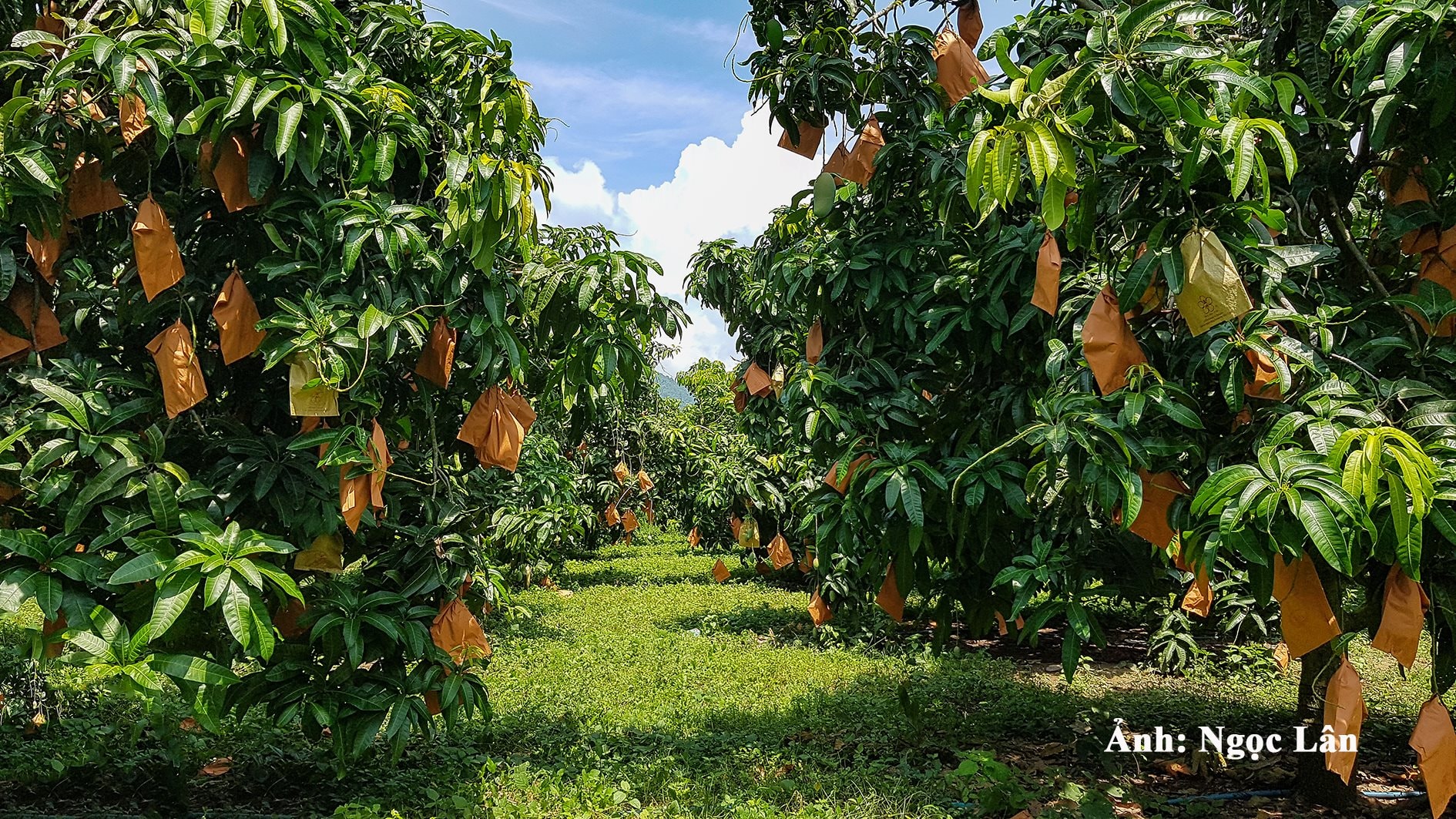
Thanks to that, according to the report of the District People's Committee, in recent years, the agricultural production area directly benefiting from the water source of irrigation works in the district has reached 65,000 hectares annually. Of which, rice is 37,745 hectares with an average production of 12,000 hectares - 13,500 hectares/crop, corn is 5,000 hectares, starch crops are 5,700 hectares, food crops are 6,360 hectares, short-term industrial crops are 4,800 hectares and perennial crops are 6,500 hectares. Thereby, gradually forming groups of key crops, advantages associated with concentrated production areas, gradually improving quality, efficiency, meeting market demand. The lives of the majority of farmers have been gradually improved, contributing to changing the face of the countryside.
Source: https://baobinhthuan.com.vn/50-nam-tri-han-cua-binh-thuan-khong-de-nuoc-troi-het-ra-bien-130526.html


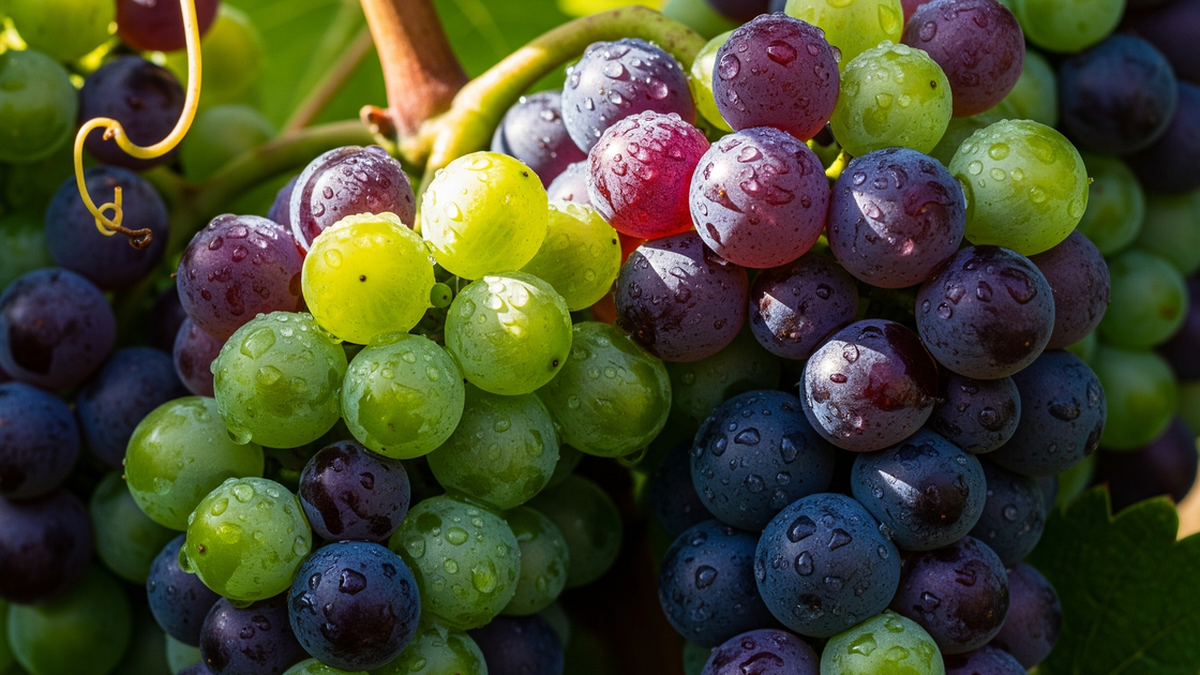
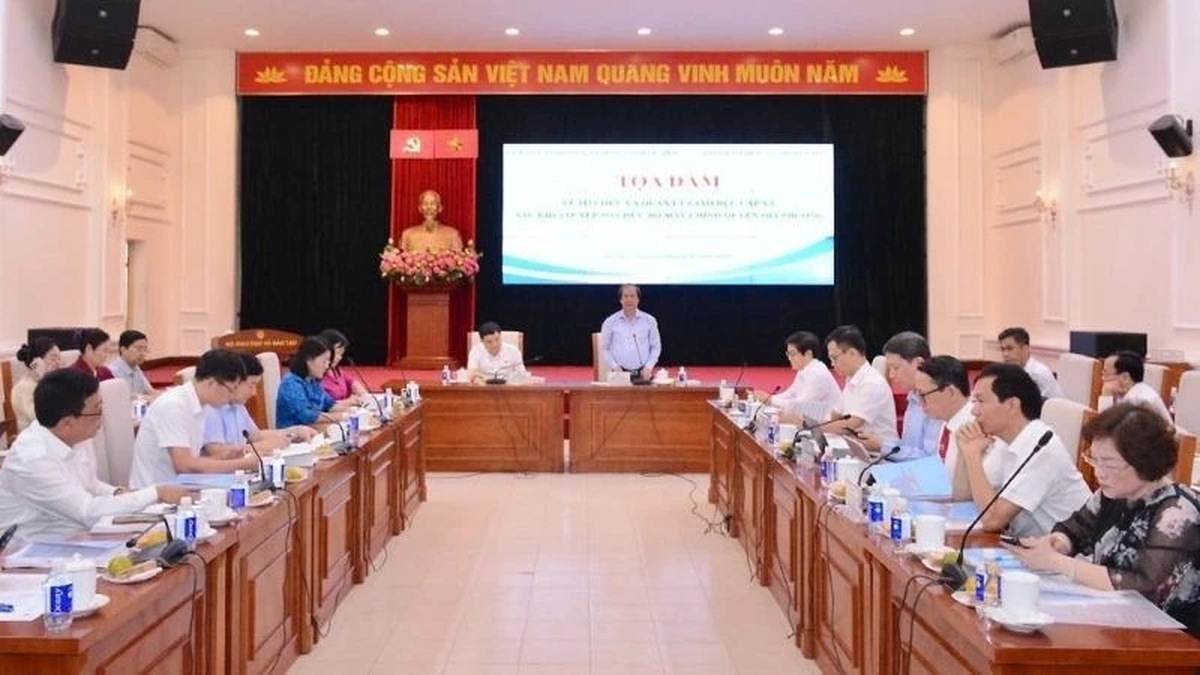




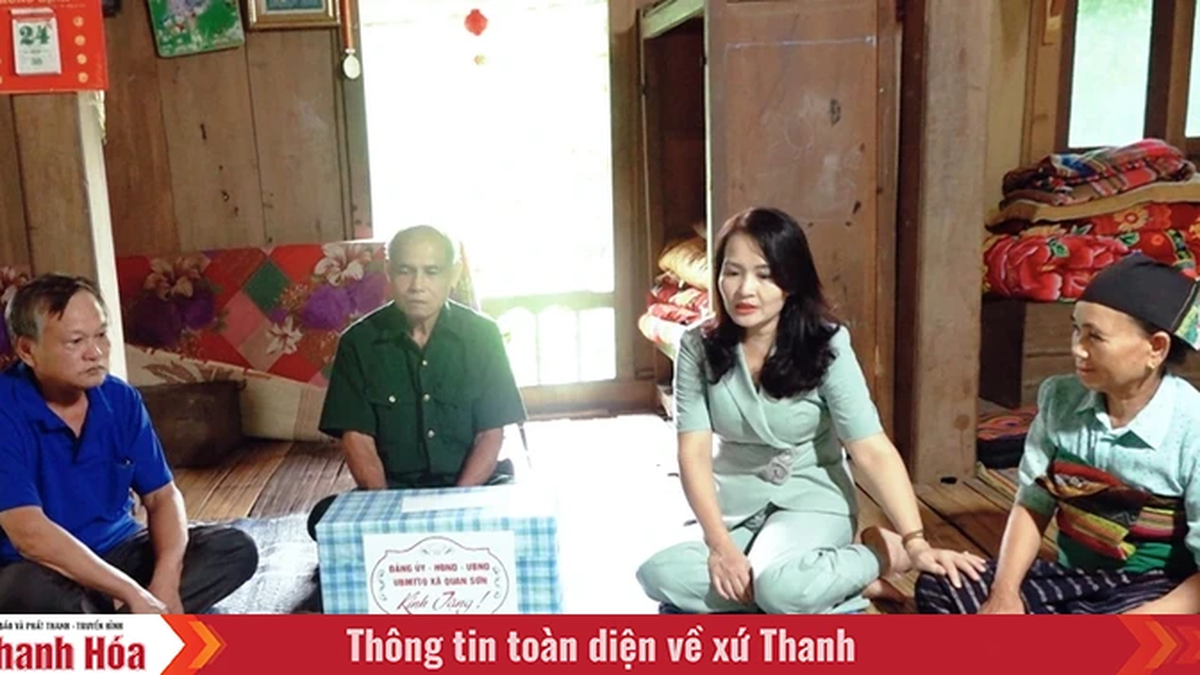
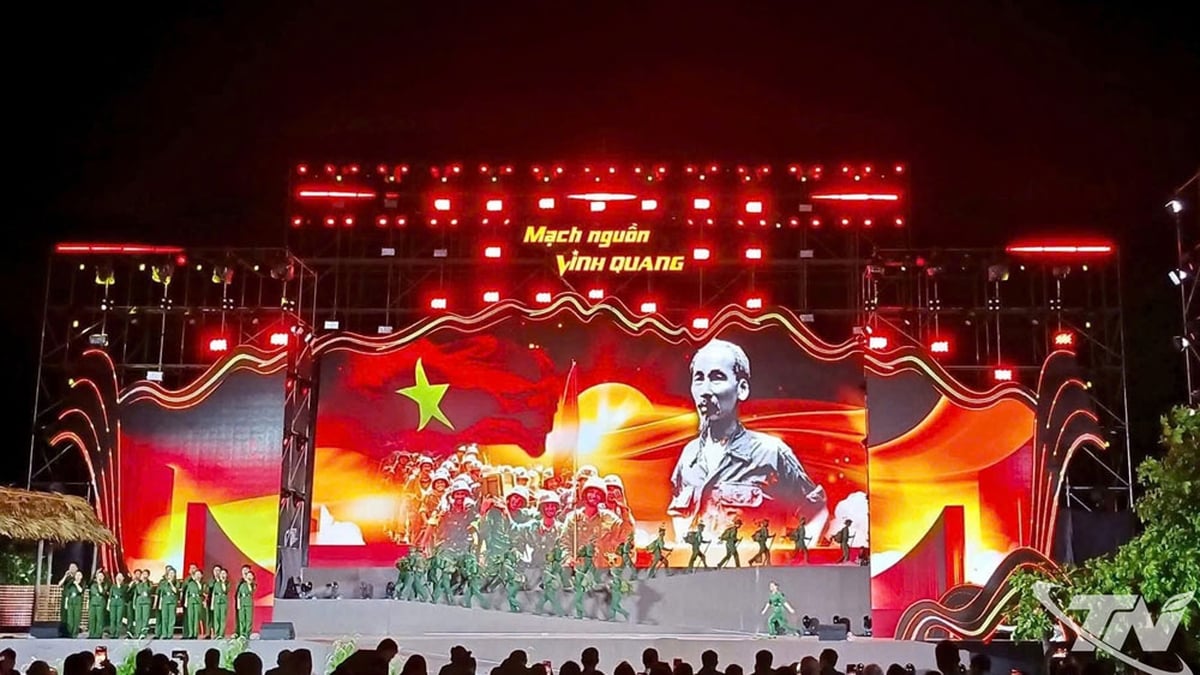






















































































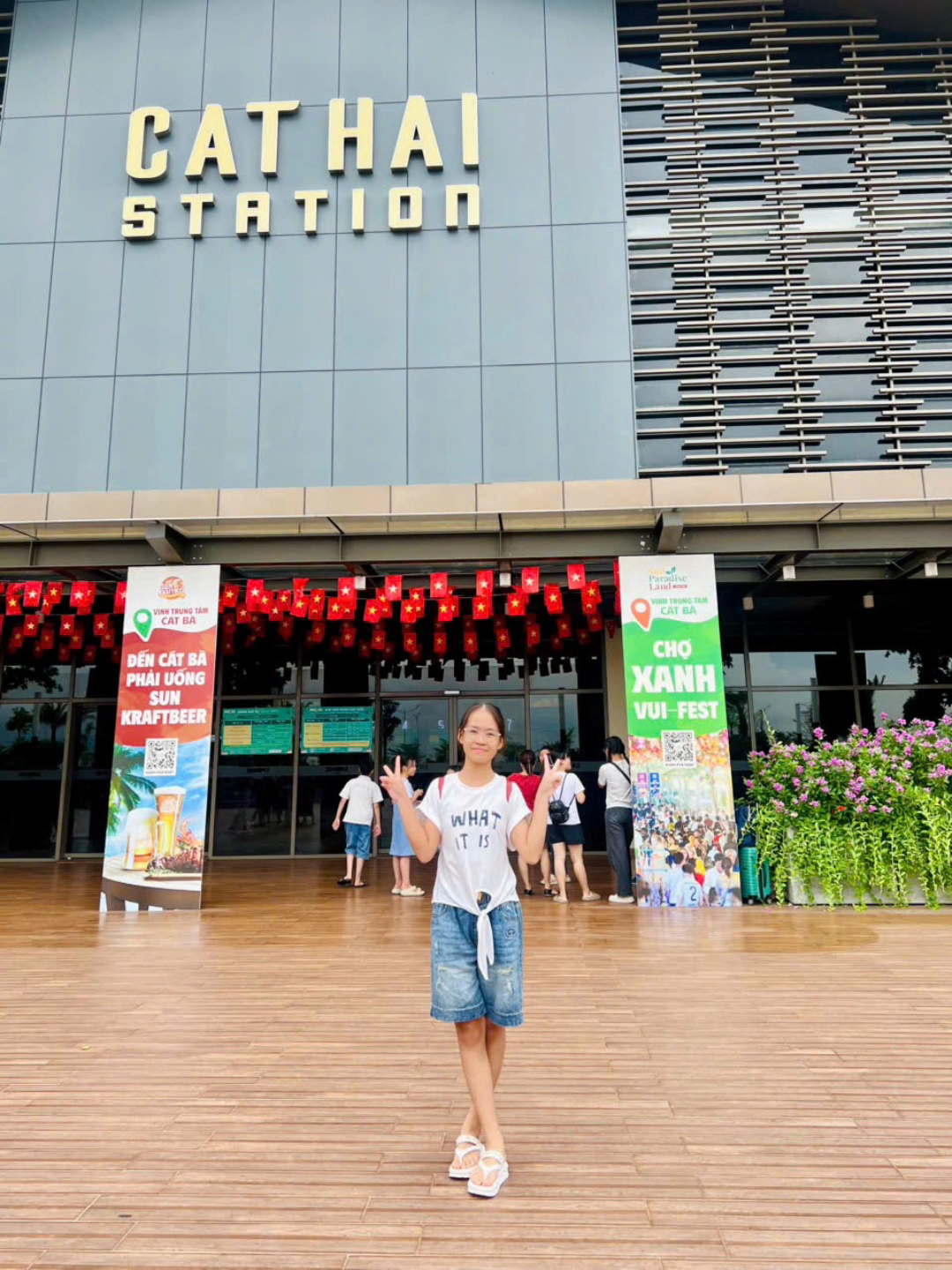


Comment (0)